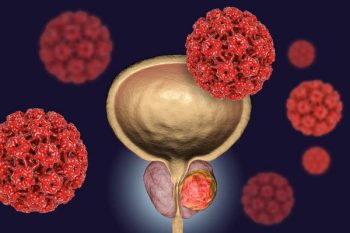
The rate of distant metastasis at 10 years was 29% for individuals whose scores demonstrated more aggressive disease compared with 13% for those who showed lower risk.

The rate of distant metastasis at 10 years was 29% for individuals whose scores demonstrated more aggressive disease compared with 13% for those who showed lower risk.
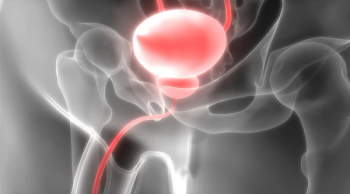
Study results show that annual screening can identify cases of prostate cancer up to 8 times as often in those with hereditary Lynch syndrome than in those who do not get the tests.

Exercise can complement other treatments for prostate cancer, including androgen deprivation therapy, which can lead to significant reduction in lean mass and an increase in fat mass.
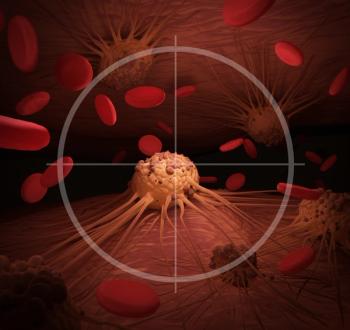
New therapeutics for prostate cancer must continue to be assessed for comparative safety and efficacy, as well as accessibility for patients.

Fluciclovine F 18 (Axumin), which is a radioactive diagnostic agent for injection that can be used to detect recurring prostate cancer.

The PROpel phase 3 trial met the primary endpoints of radiographic progressing-free for men with metastatic castration-resistant prostate when treated with Olaparib, combined with abiraterone.
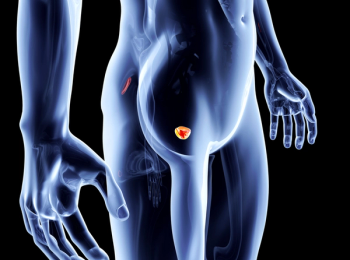
Ten quiz questions to assess your knowledge on common symptoms and treatments for prostate cancer.

The prostate-specific membrane antigen-targeted positron emission tomography imaging technique will be part of the National Comprehensive Cancer Network guidelines beginning in 2022.
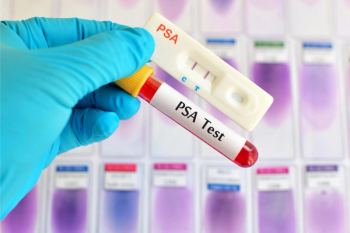
Apalutamide (Erleada, Johnson & Johnson) demonstrated a strong prostate-specific antigen response and high adherence rates in patients with non-metastatic castration-resistant prostate cancer.
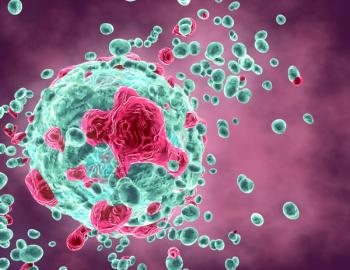
Survey participants saw potential for immunotherapy use in earlier stages of several diseases, including melanoma, lung cancer, and bladder or urothelial cancer.

New research has found that the relative cardiovascular safety of different types of androgen deprivation therapy (ADT) for prostate cancer remains unresolved after the PRONOUNCE trial was terminated early.
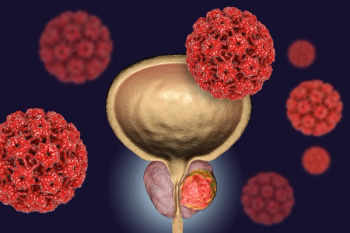
Calibrations for the European Randomized Study on Prostate Cancer and Prostate Cancer Prevention Trial predictors can forecast cases across different groups than originally targeted.

Prostate cancers grow slowly and rarely cause any health problems, so without regular screening, it is more difficult to identify any cancer in the prostate.

This drug class works by interfering with the ability of cancer cells to repair themselves after experiencing damage to their DNA, but how PARP inhibitors selectively kill cancer cells was previously unknown.

Relugolix is an orally administered treatment for prostate cancer that works by blocking the pituitary gland from making luteinizing hormone and follicle-stimulating hormone.
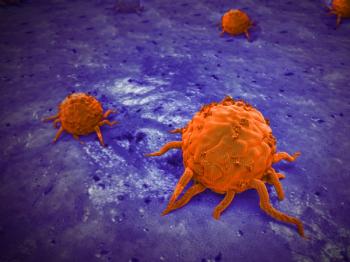
Active surveillance, intended to avoid unnecessary treatment and the resulting adverse effects, typically involves regular prostate-specific antigen (PSA) screenings, prostate exams, imaging studies, and repeat biopsies to carefully monitor prostate cancer growth or progression without compromising long-term outcomes.
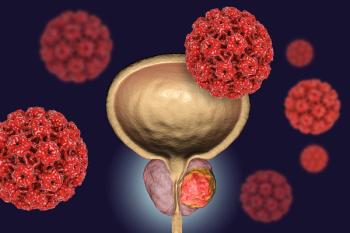
New potential medications may continue to expand the role of targeted agents.
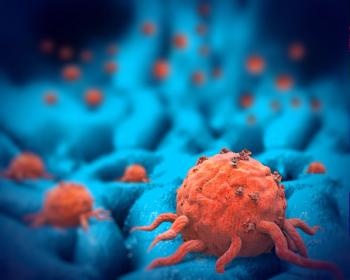
According to the investigators, the findings demonstrate that a 5-day regimen of stereotactic body radiotherapy, a form of external beam radiation therapy that uses a higher dose of radiation, had a 4-year cure rate of 82%.
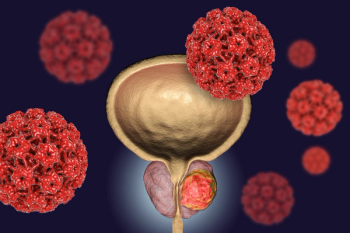
Men with low-risk prostate cancer on active surveillance report fewer problems with sexual function than those on other treatments.

Study to evaluate the safety and efficacy of talazoparib, an oral PARP inhibitor, in combination with enzalutamide, an androgen receptor inhibitor.

Researchers found an overall response rate of 29.8% in patients treated with 177Lu-PSMA-617, compared to a 1.7% partial response in the standard of care only arm.

According to the study, lineage plasticity—the shift in castration-resistant prostate cancers from resembling glandular cells to neuroendocrine cells—may potentially be overcome through the use of bromodomain and extra-terminal (BET) protein inhibitors.

Researchers found that men with a family history of prostate cancer reached the screening risk threshold up to 12 years earlier than the general population.
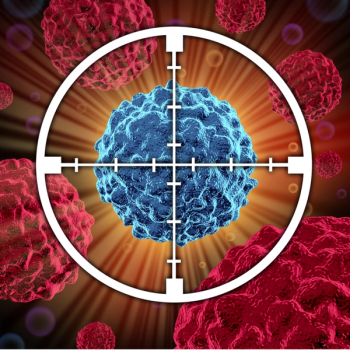
Patients with prostate cancer have to be approached differently depending on the state of their metastases.

If it were to be approved now, the drug would be used in patients with metastatic castration-resistant prostate cancer who have progressed on an androgen receptor-directed therapy and 1 to 2 taxane-based chemotherapeutics.